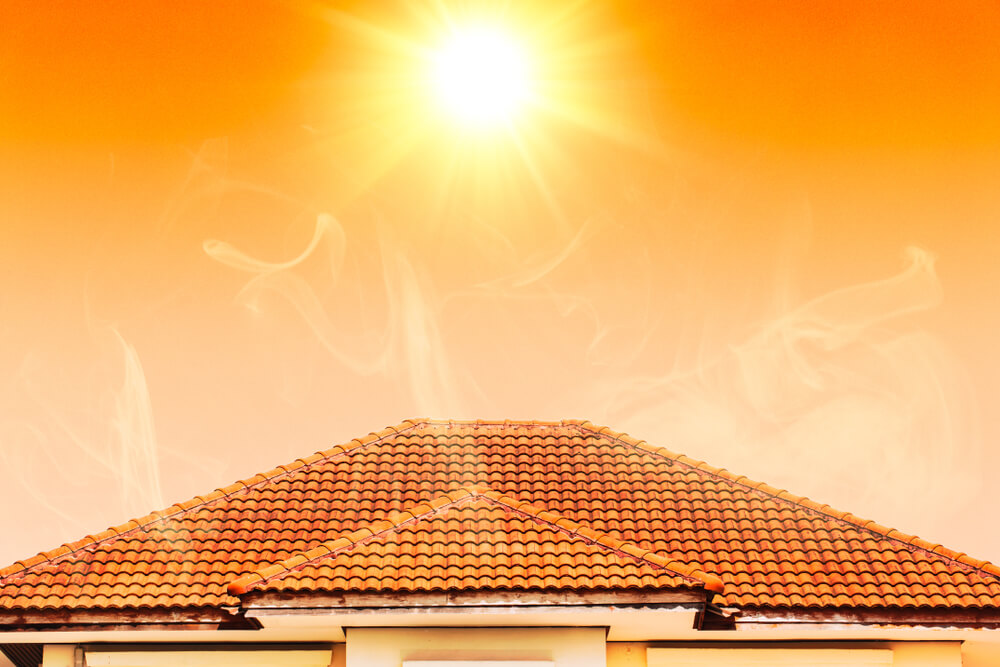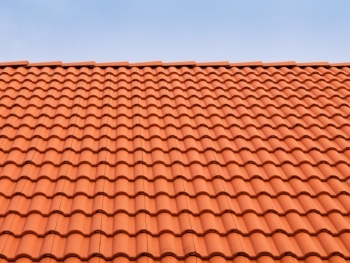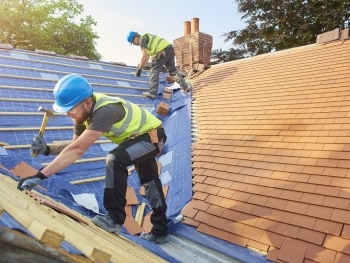Portland, Oregon is known for its diverse weather patterns, including heavy rainfall, occasional snow, and moderate temperatures throughout the year. These weather conditions can have a significant impact on the health and longevity of your roof. Understanding how Portland's unique climate affects your roofing system—and knowing how to protect it—can help you maintain a durable and reliable roof. This detailed guide explores the various ways Portland's weather influences your roof and offers practical tips on how to safeguard it.
1. The Impact of Heavy Rainfall
How It Affects Your Roof:
- Water Damage: Portland experiences substantial rainfall, especially during the fall and winter months. Continuous exposure to rain can lead to water damage if your roof is not properly maintained. Water can seep under shingles, into flashing, or through damaged areas, potentially causing leaks and water stains inside your home.
- Gutter Clogs: Heavy rainfall can lead to debris accumulation in gutters and downspouts, causing blockages. Clogged gutters can cause water to overflow and pool around your roof’s foundation, leading to potential damage.
Protection Tips:
- Regular Gutter Cleaning: Clean your gutters regularly to prevent blockages and ensure proper water drainage. This is especially important during the rainy season.
- Roof Inspections: Schedule regular inspections to check for signs of wear and tear, such as missing shingles or damaged flashing, that could allow water infiltration.
- Proper Drainage: Ensure your roof and gutters are designed for optimal water flow. Consider installing gutter guards to reduce debris accumulation.
2. The Effects of Snow and Ice
How It Affects Your Roof:
- Ice Dams: Snow accumulation on your roof can lead to ice dams if heat escapes from your home and melts the snow, which then refreezes at the eaves. Ice dams can cause water to back up under shingles and lead to leaks.
- Snow Load: Heavy snow accumulation can add significant weight to your roof, potentially leading to structural damage or collapse if the roof is not designed to handle the load.
Protection Tips:
- Improve Insulation: Ensure your attic is well-insulated to reduce heat loss and prevent snow from melting prematurely. Proper insulation helps to maintain a consistent temperature across your roof, minimizing the risk of ice dams.
- Install Ice and Water Shields: Consider installing ice and water shield membranes along the eaves of your roof to provide additional protection against ice dams.
- Snow Removal: Safely remove heavy snow from your roof using a roof rake with a long handle. Avoid using sharp tools that could damage the shingles.
3. The Impact of Temperature Fluctuations
How It Affects Your Roof:
- Expansion and Contraction: Portland experiences a range of temperatures throughout the year, which can cause roofing materials to expand and contract. This movement can lead to the loosening of shingles, cracking of flashing, and potential for leaks.
- Thermal Shock: Rapid changes in temperature, such as during spring and fall, can lead to thermal shock, where roofing materials are subjected to sudden stress from fluctuating temperatures. This can accelerate wear and tear.
Protection Tips:
- Quality Materials: Use high-quality roofing materials that are designed to withstand temperature fluctuations. Choose materials with good thermal resistance and flexibility.
- Regular Maintenance: Conduct regular maintenance to check for signs of damage caused by temperature changes, such as cracked or curled shingles. Address any issues promptly to prevent further damage.
4. The Effects of Wind
How It Affects Your Roof:
- Wind Damage: Strong winds, especially during storms, can lift and damage shingles, tiles, and other roofing materials. High winds can also cause debris to impact your roof, leading to potential damage.
- Flashing Issues: Wind can loosen or damage roof flashing, leading to gaps where water can penetrate.
Protection Tips:
- Secure Roofing Materials: Ensure that roofing materials are properly installed and secured. Consider using additional fasteners or adhesives to enhance stability.
- Trim Nearby Trees: Trim overhanging branches to reduce the risk of debris impact and damage during high winds.
- Regular Inspections: Check for signs of wind damage, such as missing or damaged shingles and loose flashing, and repair any issues promptly.
5. The Influence of Moss and Algae Growth
How It Affects Your Roof:
- Moss and Algae Growth: Portland’s damp and shaded conditions are ideal for moss and algae growth on roofs. Moss can trap moisture and cause shingles to deteriorate, while algae can cause unsightly stains and reduce the roof’s effectiveness.
- Roof Degradation: Moss and algae can lead to increased moisture retention, which can accelerate roof degradation and reduce the lifespan of roofing materials.
Protection Tips:
- Regular Cleaning: Remove moss and algae from your roof using a roof-safe cleaner or a mixture of water and mild detergent. Avoid using pressure washers, which can damage the roof.
- Install Zinc or Copper Strips: Installing zinc or copper strips along the roof ridge can help prevent moss and algae growth. These metals release ions that inhibit the growth of algae and moss.
- Maintain Roof Ventilation: Ensure your roof has proper ventilation to reduce moisture buildup and discourage moss and algae growth.
6. Protecting Your Roof from Portland’s Unique Climate
How It Affects Your Roof:
- Overall Wear and Tear: Portland’s weather conditions, including frequent rain, temperature fluctuations, and occasional snow, contribute to the overall wear and tear of your roof. Regular exposure to these elements can affect the integrity and performance of your roofing materials.
Protection Tips:
- Choose Weather-Resistant Materials: Opt for roofing materials that are specifically designed to withstand Portland’s climate. Materials such as high-quality asphalt shingles, metal roofing, or composite roofing can offer better protection against the elements.
- Schedule Regular Inspections: Regular inspections by a professional roofing contractor can help identify and address potential issues before they become major problems.
- Invest in Quality Installation: Ensure that your roof is installed by a reputable contractor who follows best practices and adheres to local building codes. Proper installation is crucial for the longevity and performance of your roof.
Portland’s diverse weather conditions pose unique challenges to roof maintenance and longevity. By understanding how factors such as heavy rainfall, snow and ice, temperature fluctuations, wind, and moss growth affect your roof, you can take proactive steps to protect it and extend its lifespan. Regular inspections, timely maintenance, and choosing the right materials are key to keeping your roof in top condition. For expert advice and professional roofing services in Portland, contact Portland Roof Repair today. Our experienced team is here to help you safeguard your roof against Portland’s weather and ensure your home remains secure and protected.




